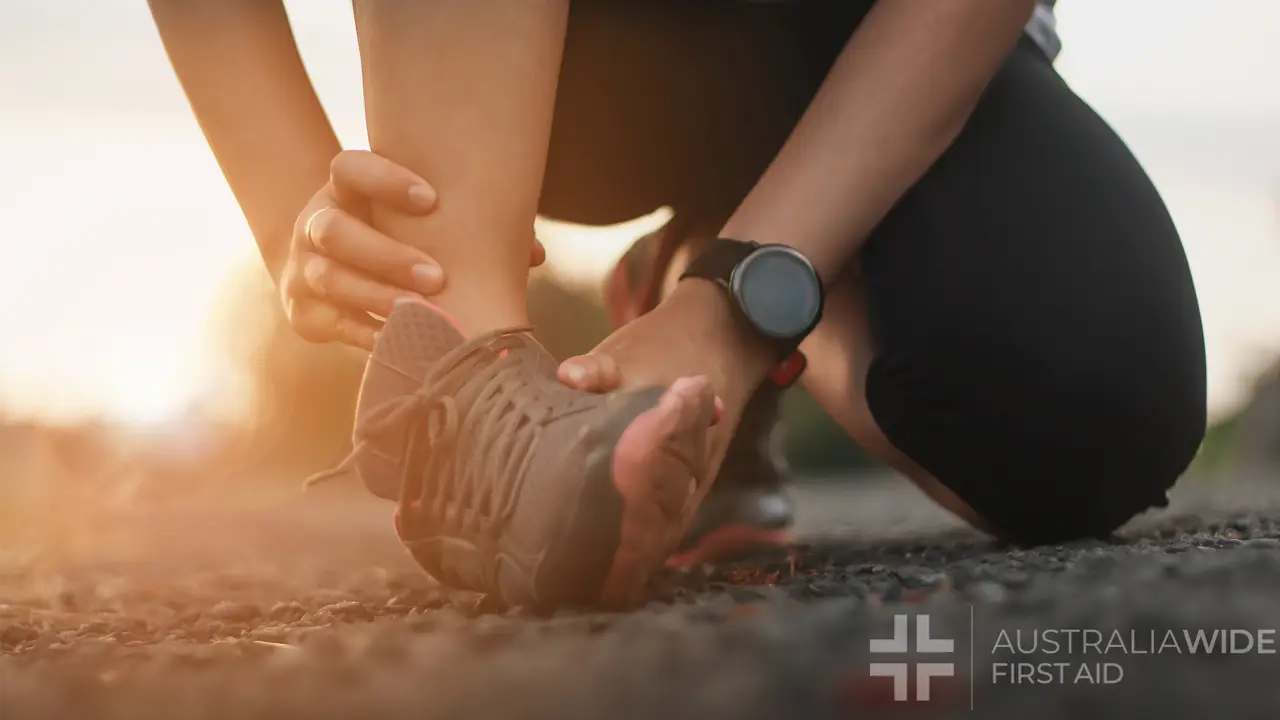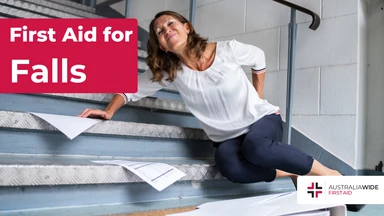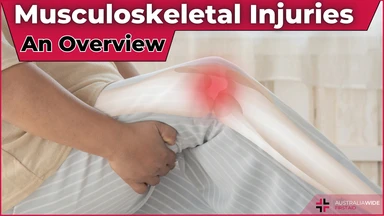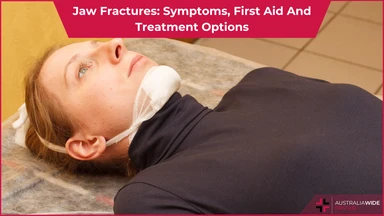Difference Between Sprain and Strain


Sprains and strains are common injuries that can affect anyone, from athletes to those with sedentary lifestyles.
Although they may sound similar, they are distinct types of injuries that require different treatment approaches.
The main difference between a sprain and a strain is the type of tissue that is injured.
When ligaments are stretched or torn, it's called a sprain, while a strain occurs when muscles or tendons are stretched or torn.
Sprains usually happen in joints such as the ankle, knee, or wrist, while strains can happen in any part of the body. Sprains are typically more severe than strains and can result in a complete tear of the ligament. Understanding the distinction can assist in determining the appropriate treatment.
Sprains and strains are common soft tissue injuries that can affect anyone, from athletes to those with sedentary lifestyles. Understanding the difference between these two types of injuries can help you choose the right treatment approach.
A sprain is caused by abnormal joint movement and can result in pain, swelling, bruising, and difficulty moving the affected area. Symptoms of a sprain include:
A severe risk of sprains may require physical therapy, and torn ligaments can cause allergies and nerve pain, which makes medical help necessary. Risk factors for sprains include:
Sprains and strains are common soft tissue injuries caused by overstretching or pulling muscles or tendons.
Symptoms of a strain include:
Risk factors for strains include:
A short-term brace or physical therapy may also be necessary. First aid courses can teach proper pain management and rescue techniques.
Soft tissue injuries are a common occurrence that can result from various factors such as trauma, repetitive motion, or improper body mechanics. The two primary soft tissue injuries are sprains and strains, which involve stretching or tearing body tissue.
Here are the symptoms of each type of soft tissue injury:
Sprains:
Strains:
Prevent soft tissue injuries by training and strengthening before sports/exercise, warming up/stretching, wearing proper footwear/safety gear, and avoiding painful activities.
Several types of pain can occur with soft tissue injuries. Acute pain is usually felt immediately after an injury.
It can be intense, while chronic pain lasts for a longer period of time and may be less severe but more persistent.
You can use ice packs, elevate the injured limb, and take pain relievers to provide pain relief. If the pain is severe or the bleeding has stopped, seek medical attention immediately.
To treat sprains or strains, use the R.I.C.E. method and pain relievers. Severe cases may need physical therapy or surgery.
Initial treatments, other methods can help manage pain and promote healing. These include wearing a brace or splint, taking pain relievers as directed, and maintaining a healthy diet and exercise regimen.
First aid strains and Sprains in emergencies, while registered training organisations offer additional education and certification in first aid and injury management.
Differences in the treatment of sprains and strains. While both may involve rest, ice, compression, and elevation (RICE), there are some variations in treatment depending on the severity and location of the injury.
For example, a sprain may require immobilisation with a brace or cast to allow the damaged ligament to heal,
whereas a strain may benefit from gentle stretching and range-of-motion exercises to prevent muscle stiffness and promote healing.
It occurs when the body's immune system responds abnormally to a foreign substance, such as pollen, dust, or certain foods.
The reaction can range from mild to severe, with symptoms including hives, itching, swelling, difficulty breathing, and even anaphylaxis, a life-threatening condition.
If someone is having an allergic reaction, it is important to seek medical attention immediately. Or start doing rescue breaths (CPR) if you all training do to it.
First aid training is crucial for everyone. It helps people offer immediate assistance during emergencies, especially with soft tissue injuries like sprains and strains. Proper first-aid treatment can prevent further harm and promote healing.
A first aid course can teach individuals how to identify the difference between a sprain and a strain and provide appropriate treatment. You can also provide rescue breaths and manage nerve pain.
Participants will learn how to assess the severity of the injured area, CPR training, manage pain and swelling, immobilise the injured limb, and help the affected person move safely if there is a risk of sprains or sprains. They will also learn how to apply the RICE protocol and how to use pain relief correctly.
Consider taking a first aid course from a registered training organisation to handle soft tissue injuries and other emergencies confidently. It could save a life.
Soft tissue injuries like sprains and strains have different symptoms. Sprains damage ligaments, while strains damage muscles or tendons. Soft tissue injuries can take 1-6 weeks to fully heal, depending on the severity of the injury and individual factors such as age and general health status.
Follow the RICER protocol for the first 72 hours with a medical professional. Severe cases need urgent medical attention. Avoid painful activities and wear safety gear to prevent future injuries. Healing time is one to two weeks.

March 6, 2025
Falls are one of the most common causes of injury, particularly among children and older adults. Whether it’s a simple trip or a serious fall from height, knowing how to administer first aid can prevent further injury and, in some cases, save a life.

October 1, 2024
The musculoskeletal system is the foundation of human movement, support, and protection, playing a critical role in our ability to perform everyday tasks. Understanding the components and functions of the musculoskeletal system is essential for preventing injuries and managing conditions that may arise, particularly in workplaces where manual handling tasks are common.

August 28, 2024
A jaw fracture is a break or crack in the jawbone. This type of injury can occur due to various reasons and may result in considerable pain and difficulty in performing everyday activities like eating and speaking.